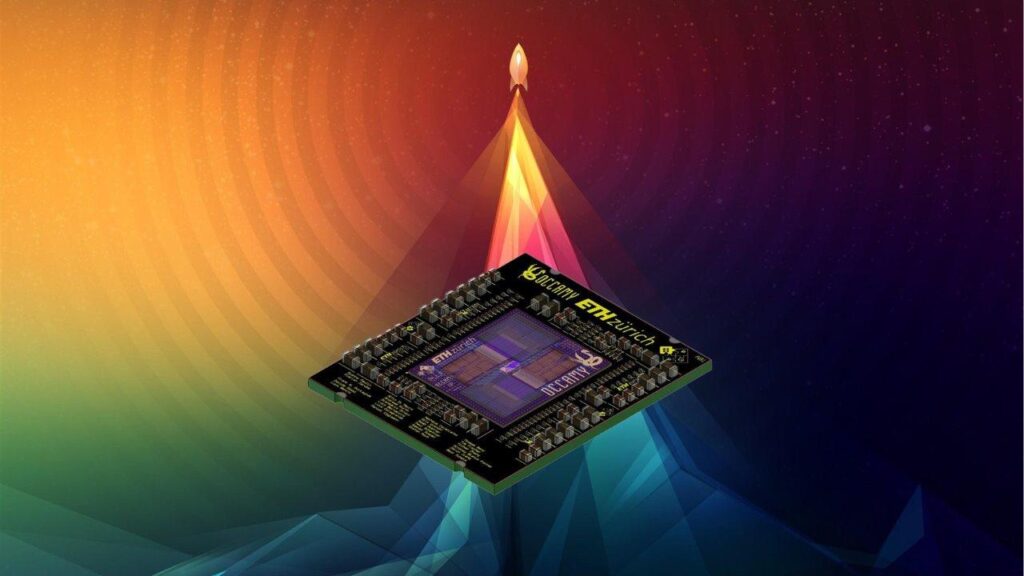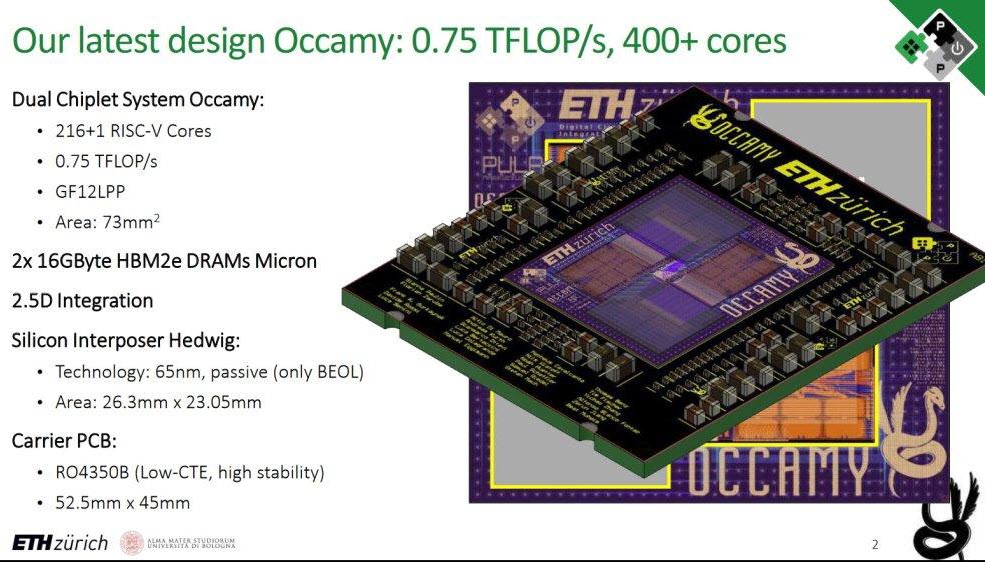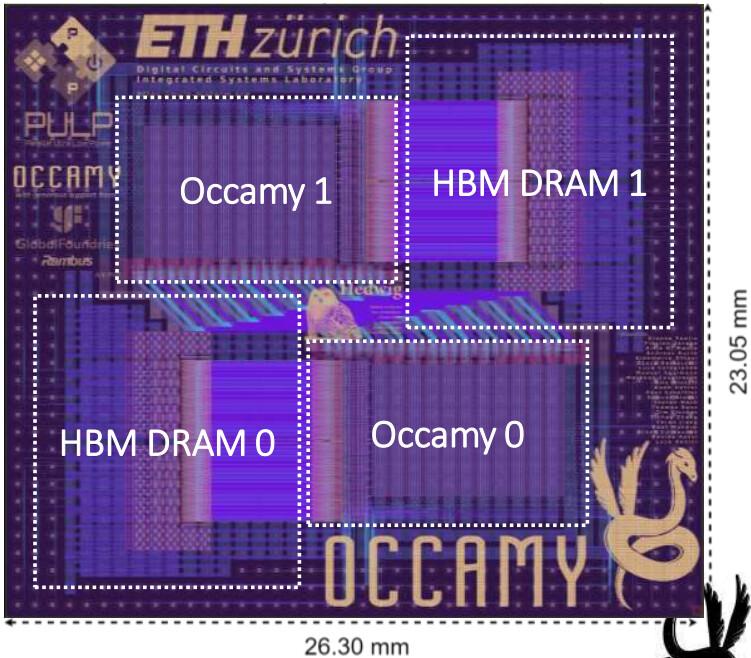Computers & Laptops | May 19, 2023

The European Space Agency (ESA) has unveiled a new processor developed by the Swiss Federal Institute of Technology in Zurich and the University of Bologna in Italy. This processor has been designed for space exploration and does not require any cooling system.
It is important to note that Intel Core or AMD Ryzen processors are not suitable for all purposes. Different sectors such as automotive, medicine, avionics, etc. require specific solutions. Different architectures or processes can be used for their development and production.
ESA’s new space processor is based on the open RISC-V architecture, which allows for the creation of open-source processors that can be used and/or modified by anyone. This chip, called Occany, is intended for space exploration.
What’s interesting is that it will not be produced by TSMC, but by GlobalFoundries, which is AMD’s former in-house production division. A few years ago, they announced that they would not continue developing new lithographies and would optimize the ones they had.
Specifically, this ESA processor is based on GlobalFoundries’ 12 nm LLP process. It has a chiplet design (similar to AMD Ryzen) in a 2.5D structure. Each chiplet has a whopping 216 cores with an area of only 73 square millimeters.

The same package includes specific 64-bit FPU floating-point units, of which we don’t know more. Additionally, this processor integrates two 16 GB HBM2e memories manufactured by Micron.
It has a 65nm process interposer and a substrate area of 52.5×45 mm.
It is not a processor with a brutal performance, as that is not precisely what it aims for. This processor offers a floating-point FP64 performance of 0.75 TFlops and up to 6 Tops in INT8. The performance is not exceptional, in fact, it seems quite low, but the power consumption is ridiculous. This incredibly low power consumption allows it to not require a heat sink.

For some time now, there has been talk about the EU’s plans to create its own processors. There are also plans (or were) to manufacture chips on European soil, although little more is known about this at the moment.
Using the RISC-V architecture is a great solution, as it does not involve paying royalties. The ARM architecture involves significant royalty payments and a much higher cost than using a free architecture. As a downside, this open-source architecture is very limited and requires specific software.
RISC-V is a processor architecture with simplified and open instructions. The main problem with this architecture lies in the software, as it is very new and there is barely any compatible and optimized software available. However, we are seeing a great adoption of this type of design, so the amount of compatible software should grow rapidly.